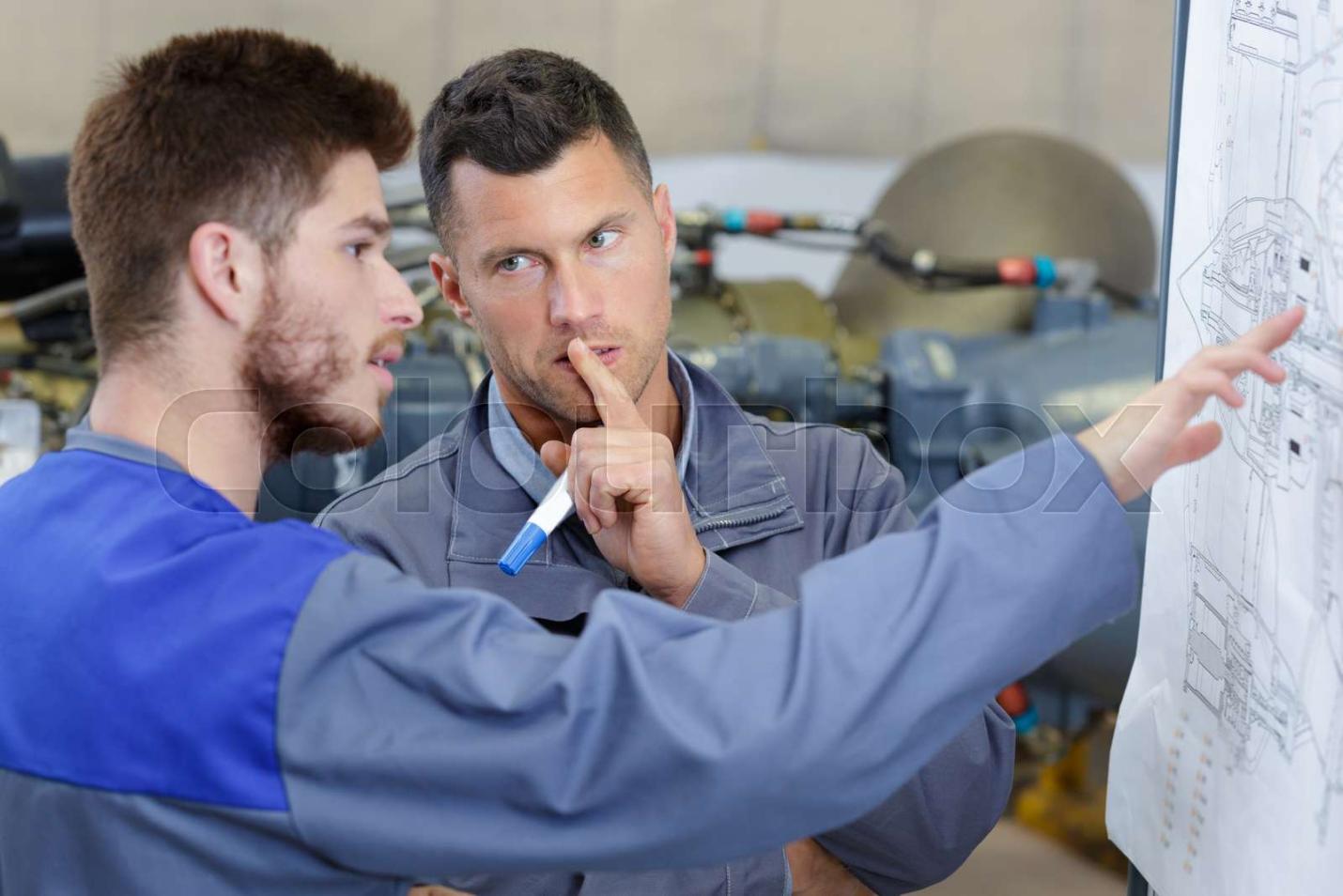What are the Key Components of an Aircraft and Their Functions?
In the realm of transportation and exploration, aircraft stand as marvels of engineering, enabling us to traverse vast distances through the skies. These airborne wonders are composed of intricate systems and components, each playing a crucial role in ensuring safe, efficient, and controlled flight.

To delve into the intricacies of aircraft design, let's embark on a journey to understand the key components and their functions:
Fuselage: The Aircraft's Central Body
The fuselage, forming the main body of an aircraft, serves as the central hub that houses passengers, crew, cargo, and essential equipment. Its robust structure withstands the forces encountered during flight, while its aerodynamic design minimizes drag and enhances overall efficiency.
Wings: Generating Lift And Maintaining Stability
Wings, the primary lifting surfaces of an aircraft, are responsible for generating the lift necessary for flight. Their shape, known as an airfoil, exploits the principles of Bernoulli's principle, creating a pressure differential that results in upward lift. Wing characteristics such as span, chord length, and aspect ratio influence the aircraft's performance and handling.
Control Surfaces: Ensuring Precise Maneuvers

Control surfaces, movable parts located on wings and tailplanes, enable pilots to precisely maneuver the aircraft. Ailerons, elevators, and rudders work in unison to control pitch, roll, and yaw, respectively, allowing for smooth and controlled flight.
Tailplanes: Providing Stability And Control
Tailplanes, positioned at the rear of an aircraft, contribute to stability and control. The horizontal stabilizer counteracts pitching moments, while the vertical stabilizer prevents yawing. Trim tabs, small adjustable surfaces, fine-tune the control surface positions, ensuring optimal flight characteristics.
Landing Gear: Facilitating Ground Operations

Landing gear, the system that supports an aircraft on the ground, enables takeoff, landing, and taxiing. Various types of landing gear exist, including fixed, retractable, and tricycle gear, each tailored to specific aircraft designs. Shock absorbers and tires absorb impact during landing and takeoff, ensuring a smooth transition between air and ground.
Powerplant: Generating Thrust For Propulsion
The powerplant, the heart of an aircraft's propulsion system, provides the necessary thrust for flight. Piston engines, turboprops, turbojets, and turbofans represent the primary types of powerplants, each employing different mechanisms to generate thrust. Propellers or turbines, depending on the powerplant type, convert rotational energy into thrust, propelling the aircraft forward.
Avionics: Enhancing Safety And Efficiency
Avionics encompass the electronic systems that enhance safety, efficiency, and communication in aircraft. Instruments provide pilots with critical flight data, navigation systems guide the aircraft along its intended path, communication systems facilitate communication with air traffic control and other aircraft, and autopilot systems automate certain flight operations, reducing pilot workload.
Conclusion: A Symphony Of Components
Aircraft, as we have explored, are intricate systems composed of numerous components, each meticulously designed and integrated to enable controlled and efficient flight. Understanding these components and their functions provides a deeper appreciation for the complexity and ingenuity of aircraft design, a testament to human innovation and engineering prowess.
YesNo

Leave a Reply